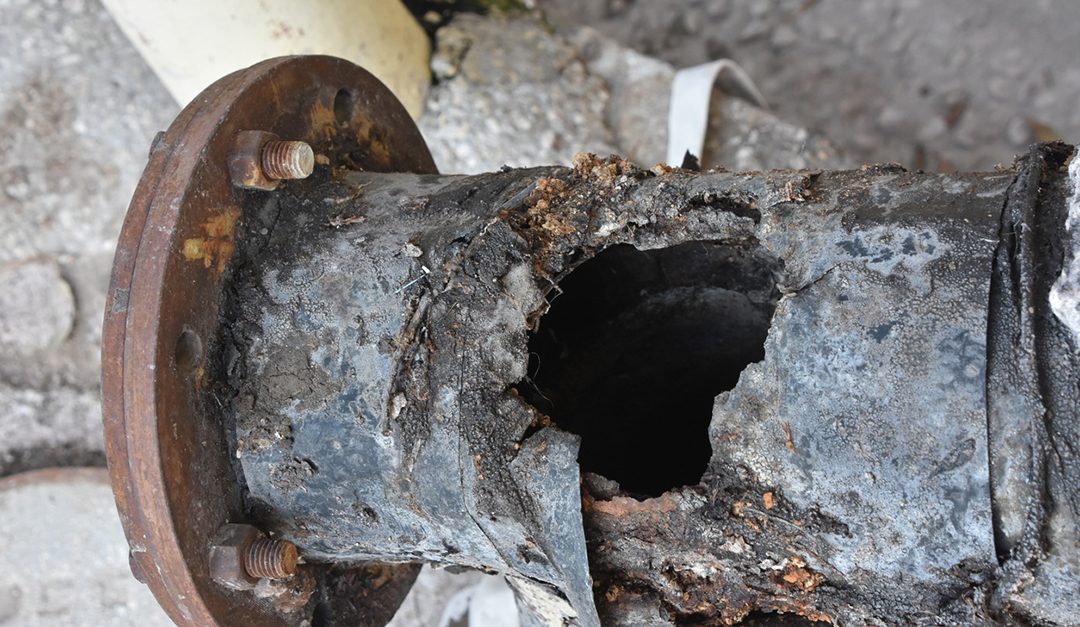Summer is a popular time to buy a new house, and with that comes home inspections. You may think of plumbing when considering a home inspection, but getting your lateral sewer line inspected often doesn’t come top of mind. It is, however, a very important ancillary service. A sewer scope inspection is performed by using a tiny camera to video record the lateral sewer line in a home that leads from the foundation of the house to the main sewer line. The recording will show any potential problems with the pipeline. Sewer scope inspections are typically recommended for homes older than 20 years. There are benefits to getting a sewer scope done and some risks if you forego it.
Causes
There are many different reasons why your lateral sewer line could have problems. One of them is tree roots. The roots like to soak up the water the pipes carry—they find a small crack in the line and push their way through. This can block the sewer line, causing plumbing issues. Settling is another potential issue a sewer scope could find. This happens when a sewer line sinks down into the ground and build-up occurs. Plumbers call these trenches “bellies.” The actual land itself can move too, causing problems known as ground shifting—earthquakes, ground water tables and excavations can all cause this. Older homes tend to have clay or concrete sewer lines, easily creating hazardous cracks.
Plumbing Issues and Indicators
There are certain telltale signs to look for when determining whether your lateral sewer line is damaged. One is a foul odor. If there’s a bad smell coming from your drain, it might be an indication that something is wrong with your sewer line. A wet and soggy lawn may also suggest your house has a busted line. The moisture caused by a broken pipeline makes the sewer susceptible to rodents and insects, which could ultimately enter your house through the pipes. Mold and mildew are another consequence of a leaky pipe. And lastly, broken slabs and wall cracks are an indication that you could have compromised piping. Fortunately, all these problems can be discovered by a sewer scope inspection.
Benefits and Risks
A typical sewer scope inspection costs between $150 to $200 dollars and takes less than an hour to perform, depending on the house. This is small compared to the thousands of dollars you may spend fixing your lateral sewer line if you don’t catch the problem in time. The benefit of getting a sewer scope inspection done is having peace of mind knowing there are no issues with your main sewer line. The risk of not having one done is the financial burden it could carry months or years down the road if something goes unexpectedly wrong. If you don’t get one, you could end up digging up your yard. Better safe than sorry!
In short, getting a sewer scope inspection can save you money and hassle. It’s best to spend the extra money now because you never know what problems you may find later.
Visit hometeam.com/our-services to learn more about sewer scope inspections and how HomeTeam can help your clients with this service!





Good advise!
For a sewer inspection, what is the risk of the plumber damaging a septic system? I know they pressurize it. I don’t want damage done to my system just from an inspection